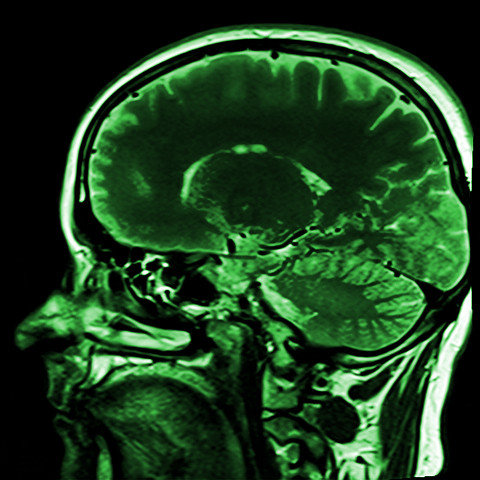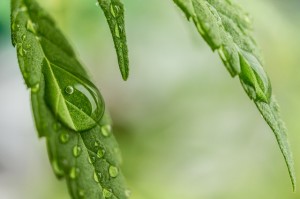The endocannabinoid system or the endogenous cannabinoid system was named after cannabis because the plant led to the discovery of this crucial physiological system. The system consists of endocannabinoids and cannabinoid receptors, which help regulate many of our most basic functions like sleep and appetite. Endocannabinoids are naturally produced in the body and cannabis consumption increases the amount of endocannabinoids that are present in the body. The function of endocannabinoids and their receptors is to maintain homeostasis from the organism to the cell level by reversing damage in whatever way possible. One way the endocannabinoid system does this is in cancer patients, when endocannabinoid levels increase, the cancer cells are programmed to kill themselves.
What are cannabinoid receptors?
THE CB receptors can be found throughout the body, and there are two main kinds: CB1 and CB2 receptors. CB1 receptors are mostly found in the brain with some present in the lung, kidney, liver, fat, heart, muscle and bone. CB2 receptors are primarily found in the immune system, and blood cells but both can be found in the same tissues providing different functions. CB1 receptors are mostly responsible for the psychoactive and euphoric effects of THC. On the other hand, CB2 receptors mostly work in the immune system, but they are also present in the liver, gut, muscle and bone.
Generally speaking the CB1 and CB2 receptors cause healing properties when activated within the areas of the body they are located. Receptors are similar to lucks, and the cannabinoids are the keys. The activity of CB1 and twp receptors usually reverses the damage done to the body, returning it to homeostasis. This also applies to mental health damage because endocannabinoids can aid in balancing mood and creating euphoria.
The balance between CB1 and CB2 inhibition and activation by cannabinoids is important. Heavy CB1 inhibition may lead to an increased risk of depression, mood disturbance, and immunosuppression. However, if CB1 over-activates there is an increased risk of psychoactivity, systemic inflammation, cardiovascular risk, diabetes, and obesity.
What does the endocannabinoid system do?
The primary job of the endocannabinoids system is to promote homeostasis, which maintains a stable internal environment despite changes in the external environment. The fact that the endocannabinoid system is connected with most of our basic functions may reveal why cannabis has been found useful in treating many medical conditions.
According to one study, the endocannabinoid system is nothing less a naturally evolved harm reduction system. Endocannabinoid levels naturally increase after a head injury is sustained, illustrating the body’s awareness of the sudden lack in homeostasis and the use of endocannabinoids as a remedy.
The Effects of Cannabis on the Endocannabinoid System
Research has shown that taking small amounts of cannabinoids from cannabis can signal the body to make more endocannabinoids and build more receptors than there already are inside the body. This may be part of why users do not get high immediately, but after a few smokes enough receptors have been made to respond, then you can feel it.
Cannabinoids and Cancer
Cannabinoids have been found to be useful chemotherapeutic agents. In fact, cannabinoids have been found to kill cancer cells. This and the pain relief canabinoids provide are the main reasons chemo patients turn to smoking weed to get through their therapy.
In Conclusion
Endocannabinoids have been assigned to fix biochemical imbalances that come in damaged or diseased states. From birth, cannabinoids are presented to us within our mother’s milk. The endocannabinoid system remains an important aspect of the way our bodies can heal and function, ingesting cannabinoids are a supplement to our natural healing process. Further research on endocannabinoids and the endocannabinoid system can help elaborate more ways in which we can use cannabinoids to heal our bodies and minds.



